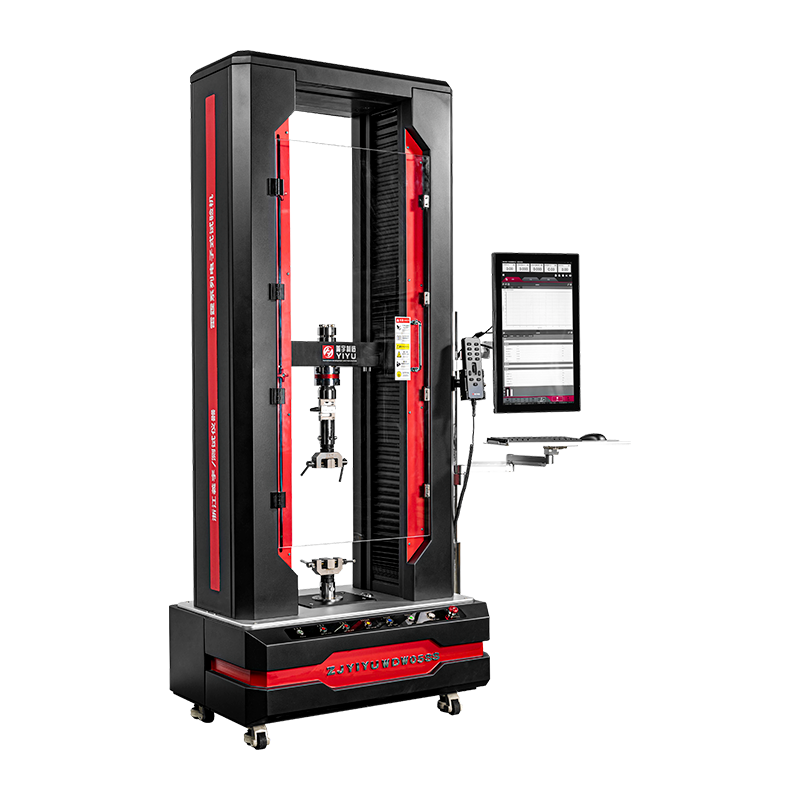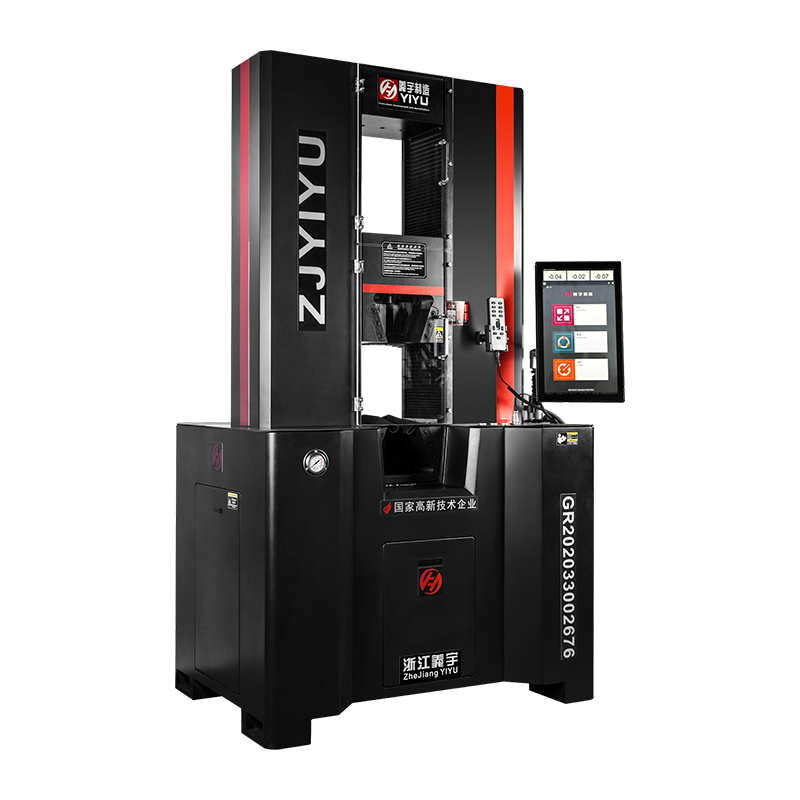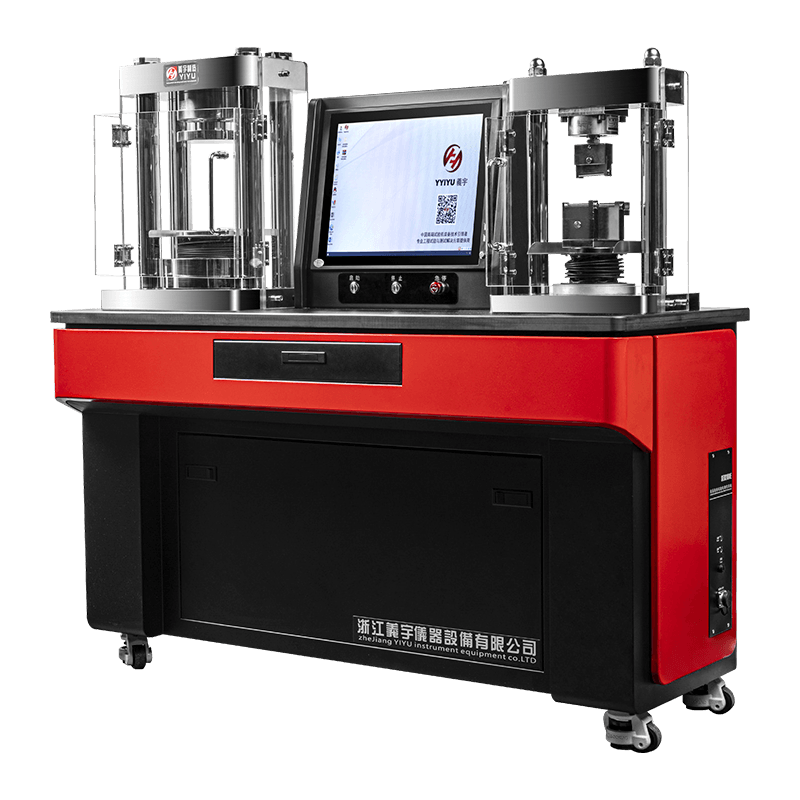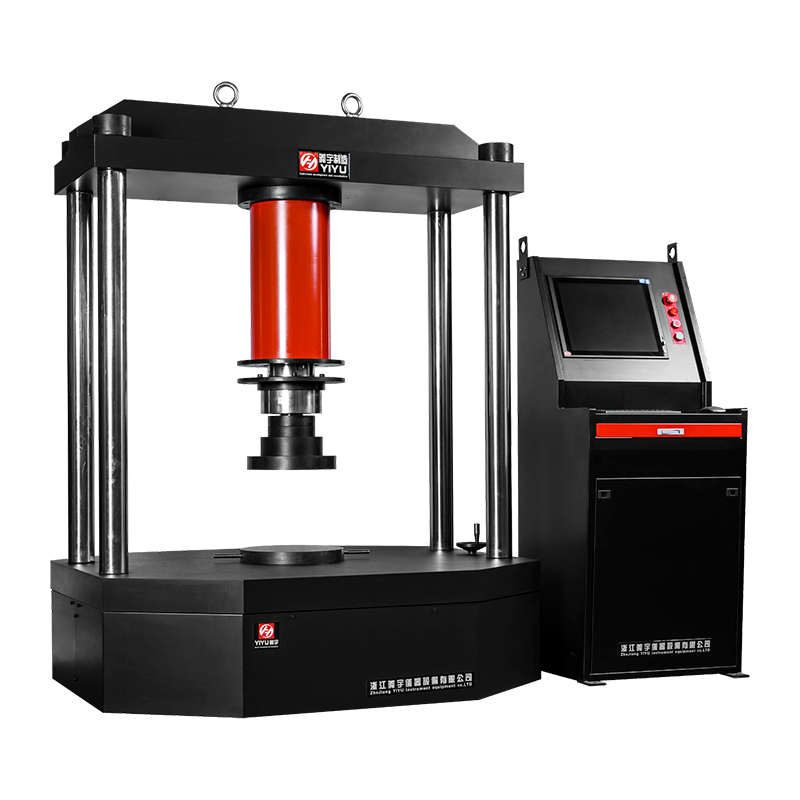The era of new materials has spurred the upgrading of testing technology
With the development of the aerospace industry towards lightweight and high-strength, the application proportion of advanced materials such as carbon fiber composites, titanium alloys, and new ceramics has significantly increased. In early 2024, the International Air and Space Quality Organization (IAQG), together with the Federal Aviation Administration (FAA), European Aviation Safety Agency (EASA) and other agencies, jointly released a new version of the "Mechanical Performance Testing Standards for Aviation Materials", which for the first time explicitly requires that "critical load-bearing component materials must be verified by tensile testing machines of 1000 tons or more". This change will reshape the global material testing equipment market landscape, and the ultra-high tonnage tensile testing machine will be officially upgraded from an "optional configuration" to an "industry entry threshold".
1. Analysis of the Core Requirements of the New Standard
1. Expansion of testing scope
-Material Type: Added special testing clauses for continuous fiber-reinforced thermoplastic composites (CFRTP) and metal matrix composites (MMC)
-Test scenario: Simulate the tensile, shear, and interlayer peeling performance in extreme environments (-60 ℃~300 ℃)
-Data accuracy: The dynamic load error should be ≤ 0.5% (the original standard was 1%)
Under the new standards, traditional hydraulic tensile machines can no longer meet the demand, and servo electric cylinders+digital twin technology will become the mainstream solution, "said Zhang Wei, head of COMAC Materials Laboratory
Technological breakthroughs in ultra-high tonnage tensile machines
1. Structural design innovation
-Four column ultra rigid frame: Increased ability to resist eccentric loads by three times (such as Instron's 68XX series)
-Modular force sensor: supports quick replacement of 200 to 2000 tons (Zwick patented technology from Germany)
-Multi axis linkage system: synchronous testing of tensile torsional bending composite loads (Airbus customized models)
2. Intelligent detection system
-AI crack prediction: Capturing material micro deformation through high-frequency cameras, warning of fracture 5 seconds in advance
-Blockchain certification: Real time on chain testing data meets FAA airworthiness certification traceability requirements
-Digital twin verification: The deviation between virtual testing and actual data is controlled within 0.3%
3. Special environment simulation
-Extreme temperature test chamber: Temperature control range of -70 ℃~350 ℃ (latest CETR system from MTS in the United States)
-Vacuum/High Pressure Environment: Simulating Space and Deep Sea Conditions (European Space Agency specific model)
3. Impact of Industrial Chain and Business Opportunities
1. Reshuffle of equipment manufacturers' landscape
-International giants such as MTS, Instron, and Zwick are accelerating the launch of 1500 ton models with a unit price exceeding 20 million yuan
-Chinese manufacturers such as Changchun New Testing Machine and Shanghai Hualong have broken through the 800 ton technical bottleneck, with prices only 60% of imported equipment
-Emerging Enterprises: Innovative Enterprises such as Shenzhen DJI Testing Develop Micro Ultra High Tonnage Testers for Drones
2. The outbreak of the testing service market
-Third party laboratory: SGS, T Ü V and other institutions urgently expand 1000 ton testing capacity
-Shared testing platform: Centralized procurement of equipment for aerospace industry parks, serving small and medium-sized enterprises (such as Tianjin Airport Experimental Center)
3. Material supplier response strategy
-Pre certification services: Material giants such as Dongli and Hershey build their own testing centers to seize the market
-Data Package Service: Provides a "ready to use material package" that includes a complete test report
---
4. Opportunities and Challenges in the Chinese Market
1. Policy dividend
-Domestic Replacement Project: The Ministry of Science and Technology sets up a 300 million yuan fund to support the research and development of key testing equipment
-Airworthiness certification acceleration: Civil Aviation Administration of China (CAAC) simultaneously adopts new standards
2. Technical Shortcomings
-Core components rely on imports: 90% of high-precision force sensors rely on German manufacturers such as HBM
-Weak software ecosystem: Testing and analysis systems often use foreign platforms such as nCode
3. Enterprise Case
-Successful example: AVIC Commercial Aircraft Co., Ltd. completed CJ2000 engine blade testing using a 1000 ton aircraft produced in Changchun
-Lesson warning: A private enterprise loses 300 million yuan in orders due to 500 ton machine test data not being recognized by FAA
5. Expert opinions and future prospects**
1. Industry voice
-Boeing Materials Director John Smith: "In the next five years, there will be a global need to add 300 ultra-high tonnage equipment units, with a shortfall of 40%. ”
-Academician Li Guanghua of the Chinese Academy of Sciences: "It is suggested to establish a national level aviation material testing big data platform
2. Technology Trends
-2025: Commercialization of 2000 ton equipment
-2028: Quantum sensors achieve picometer level deformation measurement
-2030: Deployment of in-situ space testing equipment
3. Enterprise Action Guide
-Immediate action: Upgrade and renovate existing 500 ton equipment
-Strategic layout: Jointly establish a composite material testing joint laboratory with universities
-Risk avoidance: Prioritize the procurement of equipment that has passed FAA/EASA dual certification





